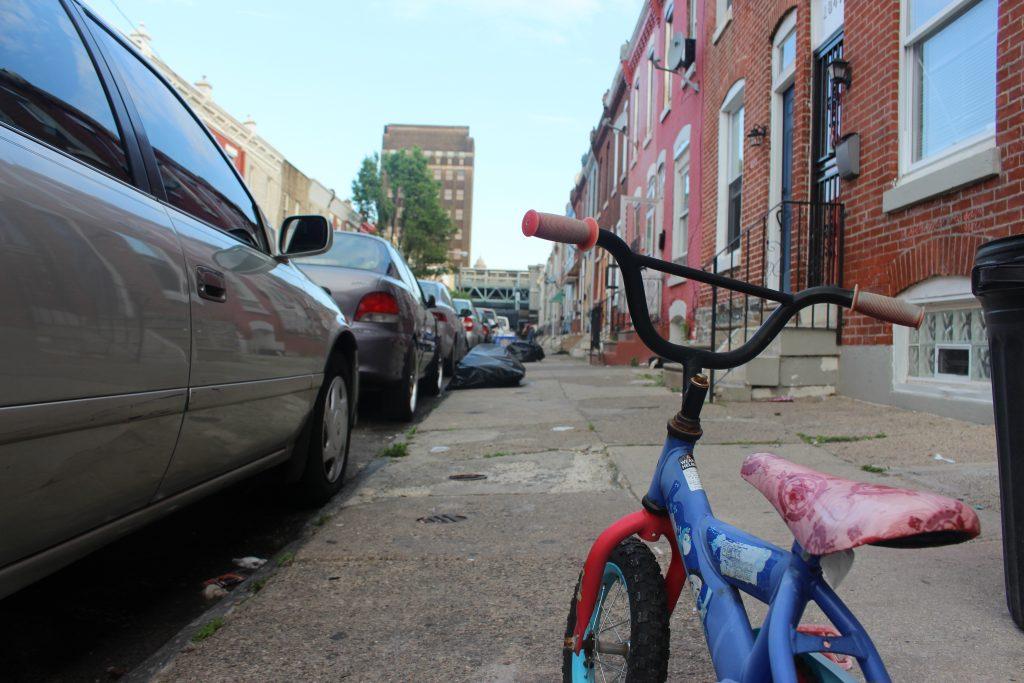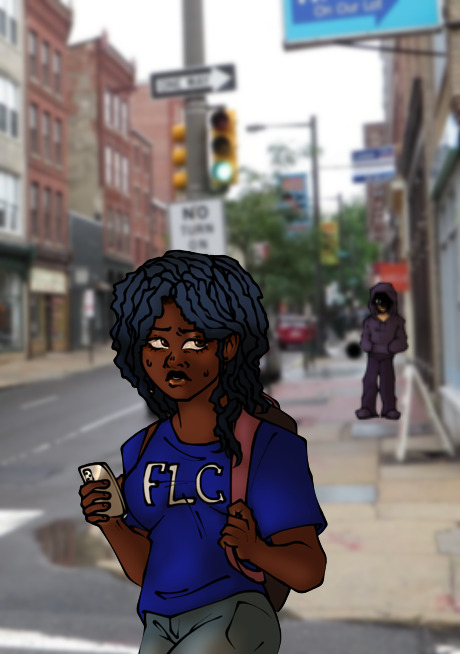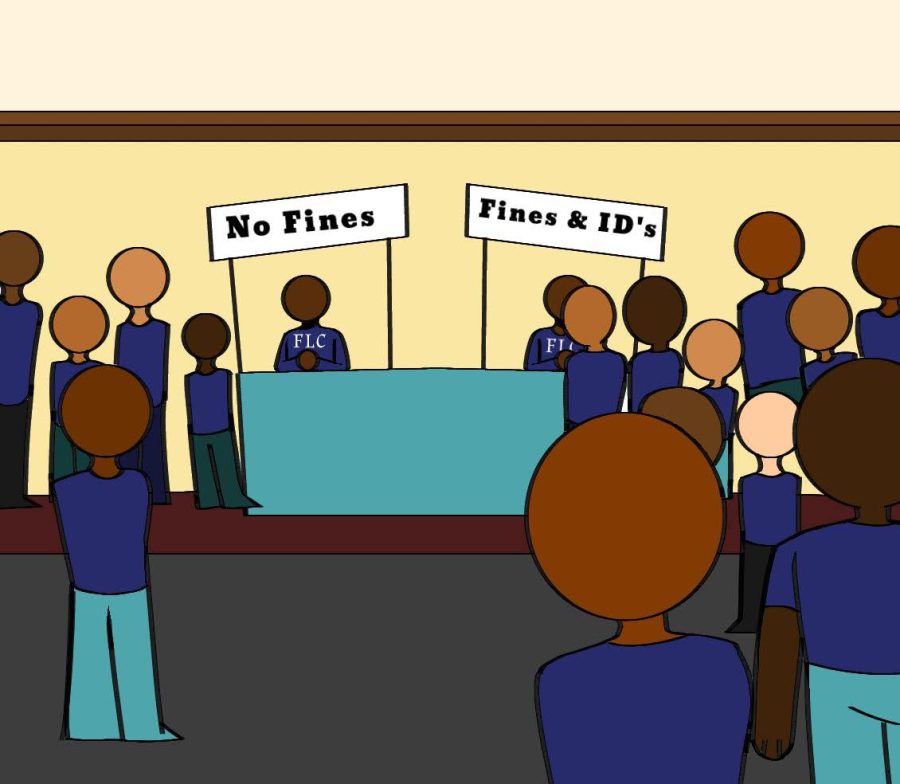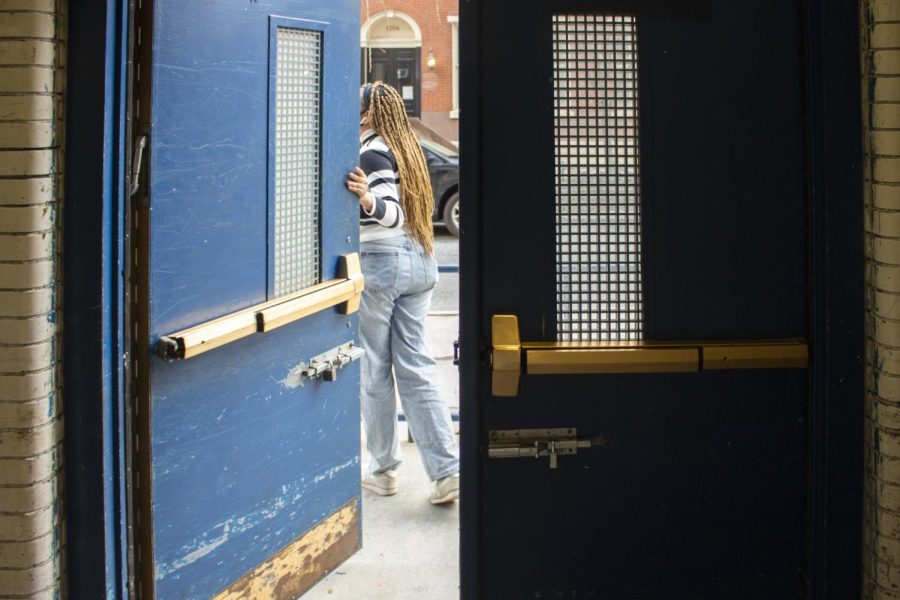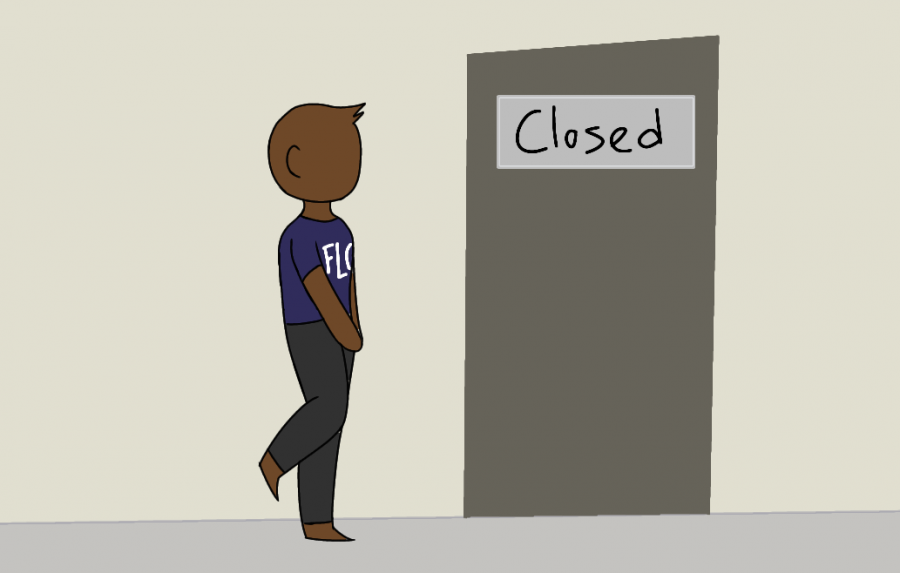CON
Tumbling down a spiral of drug abuse, opioid users may find themselves at a dead end when it comes to recovery. With treatment and withdrawals disguised as obstacles in their eye, it only becomes easier for them to return to the old, familiar ways every time help comes around. Such matters usually call for traditional methods towards recovery, but modern times have birthed modern solutions. One proposal in particular sticks out for its irony in tackling the issue: supervised substance injection sites.
In recent years, public health advisers have leaned towards opening up these “needle exchange” sites across the nation to combat the backdrop of opioids. These facilities offer a hygienic space for users to inject drugs they already possess while being under the supervision of trained medical staff. Although the intentions behind the sites come from a desperation to prevent further misuse, this isn’t the creative solution we need in order to solve the opioid crisis.
Here in Philadelphia, a rampant drug problem has left many with serious concerns. The city has one of the highest opioid death rates in any large cities nationwide, which is why these needle exchange sites are being pushed to launch. Kensington neighborhood is victim to the most frequent and massive use of substance in the entire city, state, and possibly country. A concentration in the drug epidemic here has since gained the attention of the public. Upon hearing this, community health leaders took it upon themselves to collaborate with Safehouse, a nonprofit organization fighting to open injection sites, and a committee of specialized advisors in response to the rising drug addiction. Ronda Goldfein, the vice president of Safehouse, admits that they are in negotiations to operate the facilities. Their goal is to spread sites across the city where drug users can take them under medical supervision in order to prevent overdose.
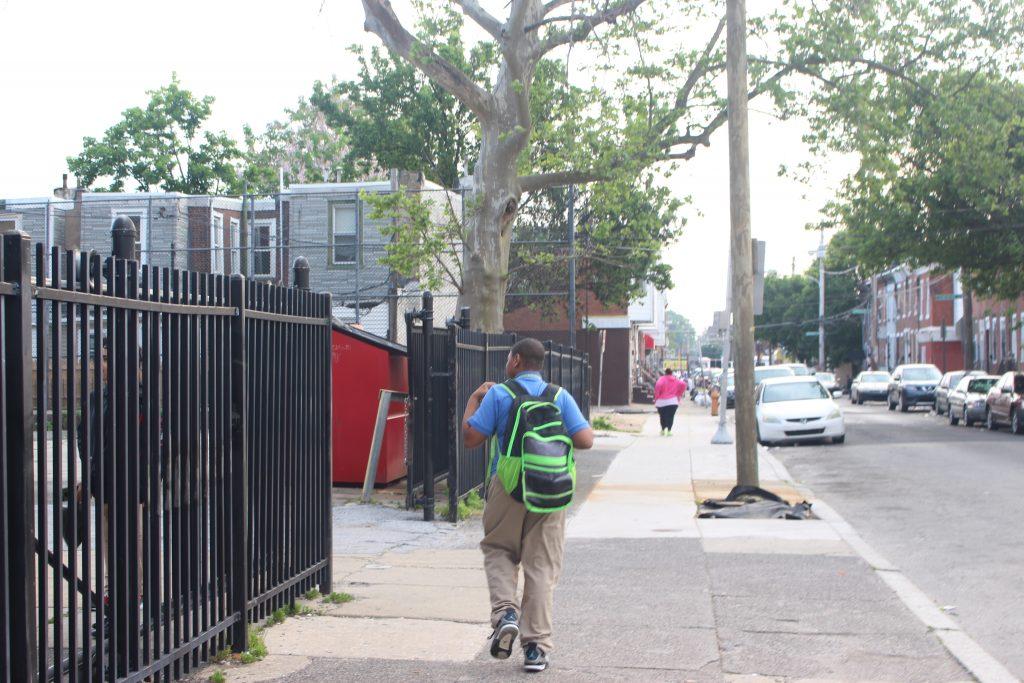
It is well understood that addiction doesn’t discriminate when it comes to whom it may affect, nor does it show mercy when users are on the brink of overdosing. The proof is in the stagnant death rates in areas concentrated with drugs. But if it comes down to heavy addiction, no lives will be saved by legally permitting people to take the same drugs killing them in an environment that’ll supposedly prevent more death. Even if there were trained professionals bringing them “back to life”, this act of revival will only urge users to fall back into an unhealthy cycle of going back-and-forth between substance abuse and coming clean. In fact, some might be discouraged from undergoing proper treatment and encouraged to undermine any effort in curbing the use of illicit drugs. Nothing is safe about any of these “safe” injection sites. At the very least, they are essentially saying that it’s completely fine to inject illicit drugs into your body until you nearly OD, as long as there’s someone around to have you up and running again. The gravity behind this message will do more harm and is the exact opposite of what these medical practitioners have sworn to do.
Members working for these facilities claim to save lives by preventing overdoses, and while that may be true to an extent, very little evidence backs up their claim to gateway a decline in substance abuse. How effective are the treatment and services offered, really? Say someone was to come close to overdosing, will they face any repercussions once they’re brought back? Many questions start to rise when loopholes and loose strings are found in what’s promised. Not to mention, the normalization of drug use will be a major consequence in founding such establishments for the sake of reducing harm. There’s no denying the impact safe injection sites have had in preventing OD deaths, but it has yet to leave the same prints on decreasing drug use. It makes no sense to allow these facilities to grow in any city, let alone Philadelphia. We shouldn’t watch our brothers die in the city of brotherly love, but pulling strings to play God in this case won’t lower the rates of the drug abuse that’s actually killing them.
Additionally, fostering an environment that accepts illegal substance use is blatant disregard for the laws which made the call to not legalize it in the first place. Despite not providing users with any substance of the kind, needle exchange sites permit them to bring in some that are in their possession already. As we all know, consuming and possessing drugs happens to be illegal, which makes it all the more a nightmare for organizations to have legislators even consider their proposals to open up a site. So for a safe injection site to be funded and running with federal support, knowing their indifference to their consumers bringing their own resources, it doesn’t paint a particularly nice image for the importance of these regulations against drugs. This lack of legal consequences will pose more risks and not remedies to society. Opening public facilities associated with injecting drugs challenges the issued policies regarding substance abuse and the trust people have placed in federal authority.
If it has to do with safety, advocates rooting for the safe injection sites will argue that these facilities take into consideration the health of addicts, yet the safety of surrounding communities have not been the conversation starter for them. Once they have left the injection facilities, it’s undetermined what other problems the drug users might prompt in the neighborhood. Who would be held responsible had this situation began? If these facilities become commonplace and harmful consequences follow, it is unclear how successful damage control will be. In an attempt to “save lives”, the emphasis on that phrase ignores the countless uncertainties and possible harm related to these facilitations. Thus, as mentioned before, there is nothing safe about “safe” injection sites.
We shouldn’t watch our brothers die in the City of Brotherly Love, but playing God won’t bring back the person we once knew.
PRO
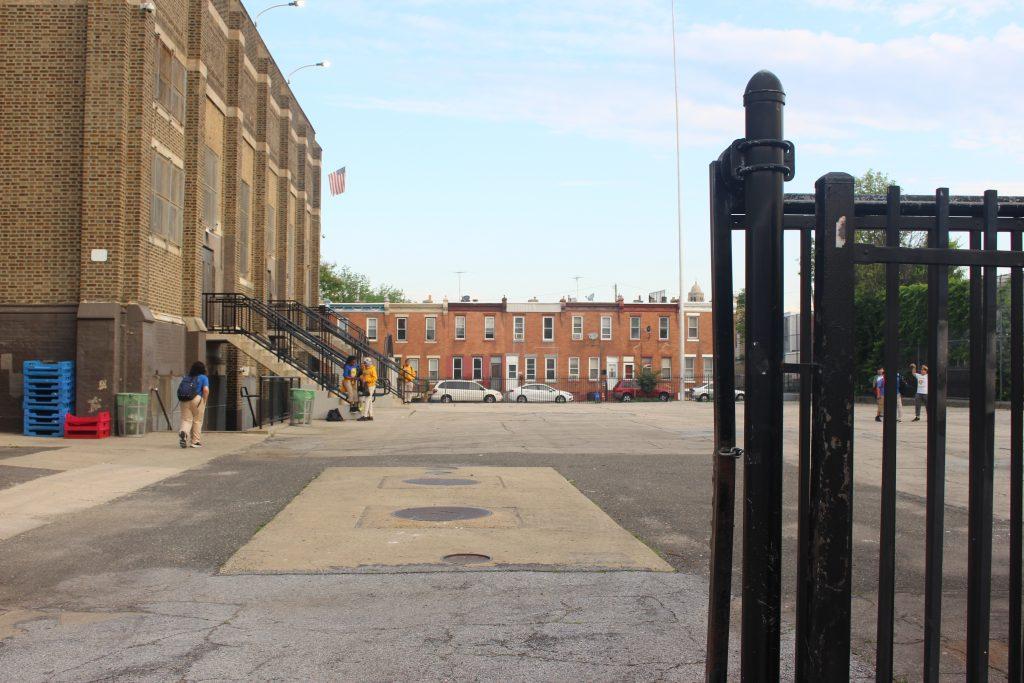
Carol Rostucher started the non-profit Angles in Motion (AIM) due to her own personal experience with the impact that substance abuse. ¨My son Drew’s substance use disorder. He was living on the streets; I would look for him, let him know I love him, and am there when he’s ready.¨ In her journey to help her son, she met people that were going through a similar situation, that is how Angels in Motion was born. Rostucher firmly believes that isolation ¨feeds addiction” the way to fight addiction is to help individuals by showing them love, support, and encouragement. Rostucher supports safe consumption sites, ¨I’ve lost too many individuals to overdose, if it saves one individual’s life it is worth it.¨ Safe consumption sites serve as a beacon of hope for many families that are struggling to win the fight against substance abuse. They should not be pushed aside because they are going through a hard time, they are also human, they deserve to be respected, their voice should not be silenced. ¨Listening to hear their concerns and working with them to find the answers together is huge. Opening minds and educating society to end the stigma that goes hand and hand with addiction. Being there to support and guide without judgement is so important, trying to navigate this system is no easy task… we need to educate individuals about harm reduction so we can keep people alive until they are ready to enter recovery. Helping loved ones understand, keep their boundaries, and still show love and support, in the best way they can for them. Accepting that we are all individuals, and stop trying to tell others what they need, they know themselves better than anyone else; let them decide what type of treatment and/or recovery they feel would work for them.¨ Society should should take wisdom from Rostucher, ¨treating individuals with respect, kindness, and love makes an enormous difference in everyone’s journey.¨ Like Rostucher other countries seem to have a more open and understanding view when it comes to helping people facing addiction. For instance, Canada’s approach to drug policy is in a collaborative, compassionate, comprehensive, and evidence-based approach by using a “Public health lens.” According to CATIE, in 2016 there were 2,946 opioid-related deaths in Canada, however from January to September there were 2,923 opioid-related deaths. When the first safe consumption site opened in Vancouver there was a 35% decrease in overdose deaths. There have been about 6,000 visits to safe consumption sites as of March 31, 2018. Canada has about forty-six substance abuse sites that provide a clean and safe environment to use substances which leads to less risk of confrontation with police, drug testing to detect adulterants, emergency medical care (in case of allergic reaction (anaphylaxis) overdose, and cardiac arrest), basic health services, testing for infectious diseases (HIV, STIs, and Hepatitis C), support for staff and health professionals, and access to sterile drug use equipment and a place to safely dispose equipment after use, offer education on harms of drug use and safer consumption practices, referrals or information on housing services, primary health care, community service, mental health treatment, needle exchange programs, and social welfare programs. Contrary to common belief supervised consumption sites do not give out substances. That would be the exact opposite of their goal, the real motive of safe consumption sites is to prevent overdose deaths, make entry to drug treatment services, connection people with basic health and social services, and reduce impact on emergency medical services relating to drug overdoses. With them usually being placed in areas where there is public drug use to help reduce public consumption and discard needles. Located near established illegal drug markets to reach their target audience. Staff at safe consumption sites include social workers, nursing staff, and community workers. The most common question that comes with Supervised Consumption Sites is how are drugs allowed without the individuals getting punished? Possession of controlled substances is prohibited under the Controlled Drugs and Substances Act (CDSA). But for supervised consumption sites there is an exemption, Health Canada grants exemption after satisfactory completion of an application. Moveover, exemptions for new supervised consumption sites are granted for a year, but renewal applications time length depends by past compliance history and the site itself. Over in Germany, their safe consumption site is the non-profit Fixpunkt which provides support for individuals who are on opioid substitution therapy by offering basic health services, counseling for social and mental problems, sterile injecting equipment, supervised drug consumption rooms, and professional assistance in case of an overdose. Staff include doctors, nurses and educators, supported by qualified student assistants and freelancers. According to Astrid Leicht the director of Fixpunkt sites like these need more political and financial support. They share a similar goal to Canada to help individuals who are struggling in the fight against substance abuse, while also helping reduce public nuisance of individuals acting on the streets. As of June 2015 there is about six out of fifithteen available in federal states. While these countries have different languages, different cultures, and different time zones, they share the common beliefs that helping individuals with substance abuse issues is the best way to find light at the end of the tunnel. According, to Medium.com the age of opioid users is mostly high among people ages 35-44 with 35%, coming in second is people ages 25-34 with 30%, people ages 45-54 with 20%, people ages 55 with 10%, and people ages 18-24 with 5%. There are skeptics who are against safe consumption sites without fully knowing the benefits that they have to offer. They offer a safe place that has people who are there to help them with their struggle and even help them survive. It’s safer than out in the street or in an abandoned house, where the possibility of them dying from an overdose is greater compared to the very low chance of them dying of an overdose in a safe consumption site. This leads the clear path towards health care and can decrease the spreading of disease. Throughout the many safe consumption sites there have been zero overdoses. They offer social services that will help them to the journey down the right track towards a better life, a life free of addiction.
